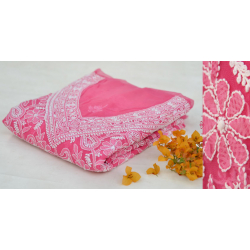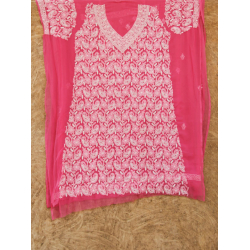A Hearty Concert ⚜ Chikankari Dress Material ⚜ 1
- Availability: Out Of Stock
- Made & Mkt by: Vividh By Fabrics Of India
- Product Code: 4027-LCS-01
- Weight: 550.00g
Rs.4,400
Lucknowi Tehzeeb, Flowery drapes, Essence from Kannauj… all of it comes together as you embrace yourself in the alluring shades of these jorget & cotton Chikankari drapes… make every day a festival, celebrate every festivity heartfully…
The typical dispatch time is 2-3 days; however, in special cases, it may take longer. Please refer to the product details section for specific timelines. Once dispatched, we will share the tracking details with you.
For returns, you can file a request within 24 hours of receiving the product. If the package is damaged, please make a video while unboxing and share images of the damaged item along with your return request.

The word Chikan or Chakin is of Persian origin meaning making delicate patterns on fabric. Inspired by Turkish embroidery Chikankari embroidery in its present form is believed to be introduced and flourished in India by Mughal empress Noorjehan in seventeenth century. Some designs and patterns from queen's own wardrobe, being popularly produced even today. Some of the first references of Chikan however can be found in the records of Megasthenes, a Greek traveler, who has mentioned the use of flowered muslins by Indians in the 3rd century B.C.

Chikankari is subtle embroidery, white on white, in which minute and delicate stitches stand out as textural contrasts, shadows and traceries. Some stitches are worked from the back and some from the front. In a unique Anokhi chikan, the stitches do not appear at the back. The patterns and effects depend on the stitches and the thicknesses of the threads used.

Chikankari work basically consists of a number of processes namely cutting, stitching, printing, embroidery, washing and finishing. After cutting and stitching the fabric, printing is done by using wooden blocks that are dipped in dye. This fabric is then embroidered. Traditionally, different artisan families practiced and perfected one type of stitch and it would therefore often take between three to four craftsmen to embroider a single garment.
The stitches in are divided into mainly three heads:
Flat stitches - Taipchi, Pashni, Bakhia, Dhoom
Embossed stitches - Murri, Pahanda
Jaali - Siddhaur, Bulbul

Frames are used to maintain the right tension of fabric and uniformity in the stitches. The embroidery is done on the printed designs. Different people specializing in different kinds of stitching contribute to the finished piece.
Washing is the last stage and is very important. After the garment goes through the preceding steps, it becomes so dirty that the finer flaws are not seen unless it is washed.

White thread is embroidered on cool, pastel shades of light muslin and cotton garments. Nowadays Chikan embroidery is also done with colored and silk threads in colors, to meet the fashion trends and keep the craft up-to-date. Lucknow is the heart of the Chikankari industry today and the variety is known as Lucknawi Chikan.
| Craftsmen | |
| Made by | Artisans working with Fabrics of india |
| Material | |
| Made of | Georgette |
| Instruction | |
| About Sizes | Kurta - 2.6 meter ,pyjama -2.2 meter and dupatta - 2.2 meter |
| Note | The products in this category is handmade. These might slightly differ from as seen on digital screen. |
Gujarat is synonymous with colourful embroideries with rich textures, saturated hues and interspersed sparkles. But it is not just Kutch, which is fam..
Rs.3,500
Gujarat is synonymous with colourful embroideries with rich textures, saturated hues and interspersed sparkles. But it is not just Kutch, which is fam..
Rs.3,000
Gujarat is synonymous with colourful embroideries with rich textures, saturated hues and interspersed sparkles. But it is not just Kutch, which is fam..
Rs.3,000
Gujarat is synonymous with colourful embroideries with rich textures, saturated hues and interspersed sparkles. But it is not just Kutch, which is fam..
Rs.2,100
Gujarat is synonymous with colourful embroideries with rich textures, saturated hues and interspersed sparkles. But it is not just Kutch, which is fam..
Rs.1,900
Gujarat is synonymous with colourful embroideries with rich textures, saturated hues and interspersed sparkles. But it is not just Kutch, which is fam..
Rs.1,950
Gujarat is synonymous with colourful embroideries with rich textures, saturated hues and interspersed sparkles. But it is not just Kutch, which is fam..
Rs.1,700
AryaSanskruti
The Handmade PlaceWelcome to AryaSanskruti, your space online for quality organic foods and handmade products.
AryaSanskruti is an att..
Rs.800
Think of Gujarat and vibrant images flash across the mind… the exhilarating Garba, decorated camels in the great Rann and everyone clothed in col..
Rs.4,900
Kantha stitch is nothing but the humble running stitch and it essentially comes from the word Kantha/quilt.Kantha, Patched, qu..
Rs.3,500
The Nadia district of West Bengal is a famous center of Vaishnavism. It is best known to devotees as the residence of Sri Advaita Acharya. After Lord ..
Rs.2,630
A synesthetic expression…where songs and words dance on canvas, colours and patterns make musical harmonies…The Gond tribal painting is an experience ..
Rs.7,130
The forest was denser... life expressing itself unhindered had covered the abandoned rock cut caves. The caves were formerly said to be inhabited by B..
Rs.730
Ever been to a music concert? …. Well the one that plays in the houses of Bhujodi is a wee bit different, not just in what ..
Rs.2,030
Gathering commences in the middle of deserted pavilions where velvet carpets adorn the Dessert lands & Manganiyars play folk music as a bugle for ..
Rs.512 Rs.1,025
Gathering commences in the middle of deserted pavilions where velvet carpets adorn the Dessert lands & Manganiyars play folk music as a bugle for ..
Rs.512 Rs.1,025
Gathering commences in the middle of deserted pavilions where velvet carpets adorn the Dessert lands & Manganiyars play folk music as a bugle for ..
Rs.512 Rs.1,025
Gathering commences in the middle of deserted pavilions where velvet carpets adorn the Dessert lands & Manganiyars play folk music as a bugle for ..
Rs.512 Rs.1,025
A familiar chatter swells in the air as feet chase the trail of a carelessly flying odhani in the by-lanes of Bhuj, spilling colors all over. While&nb..
Rs.3,070 Rs.3,412
A familiar chatter swells in the air as feet chase the trail of a carelessly flying odhani in the by-lanes of Bhuj, spilling colors all over. While&nb..
Rs.9,310 Rs.10,345
A familiar chatter swells in the air as feet chase the trail of a carelessly flying odhani in the by-lanes of Bhuj, spilling colors all over. While&nb..
Rs.3,460 Rs.3,845

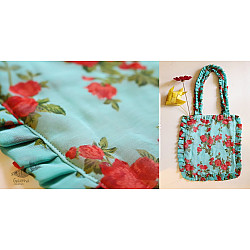
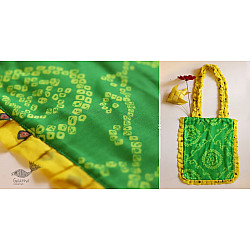
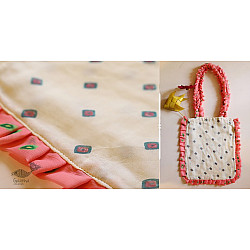
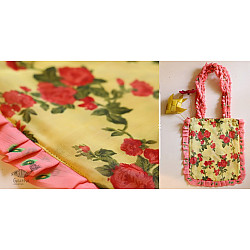
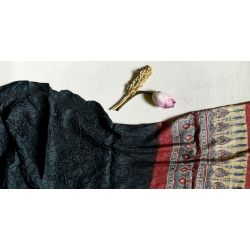
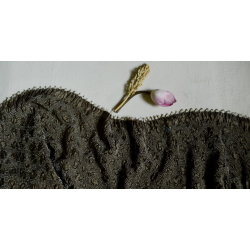
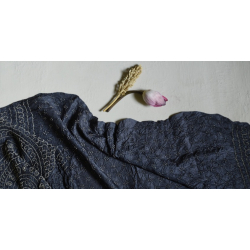
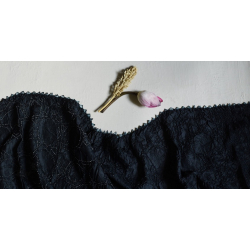
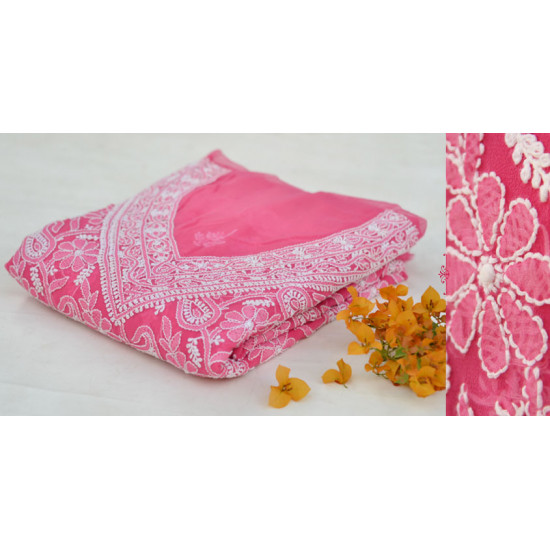
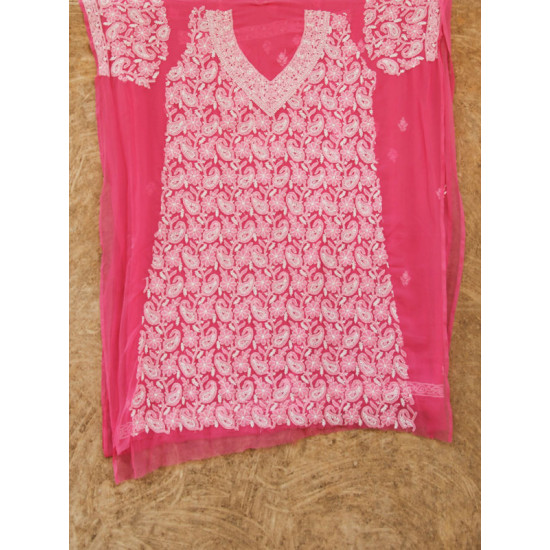
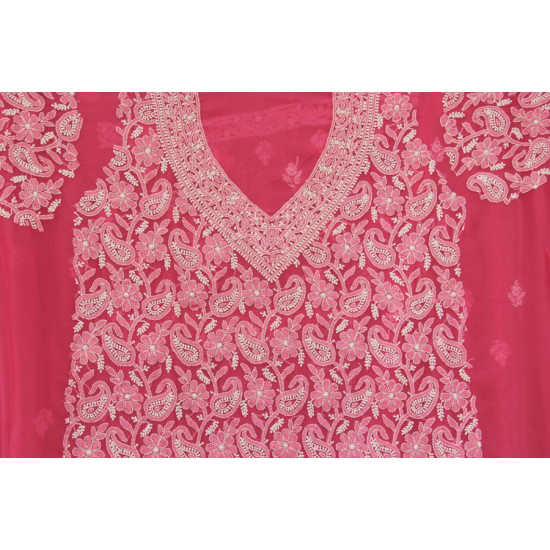
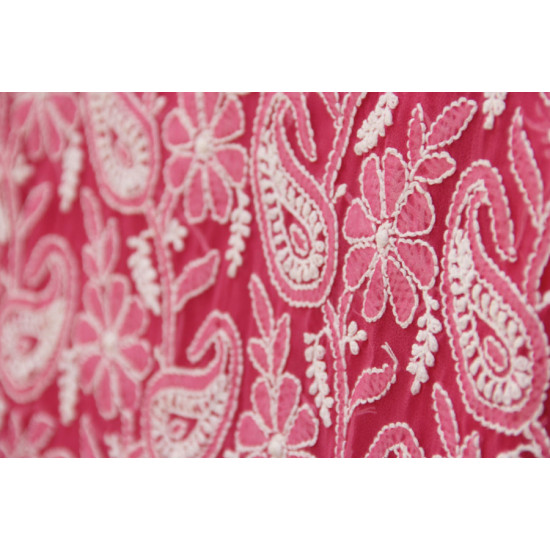
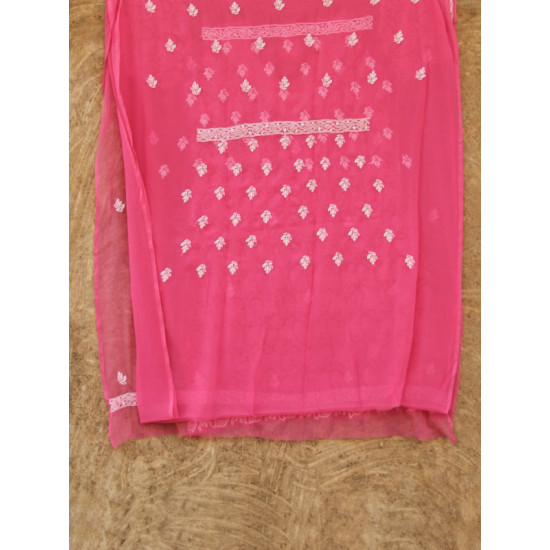
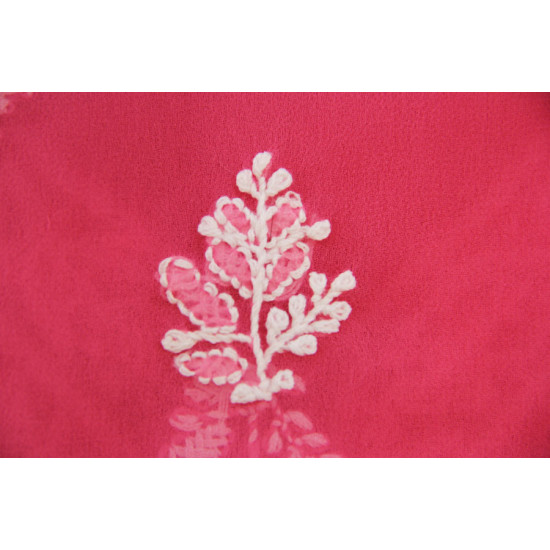






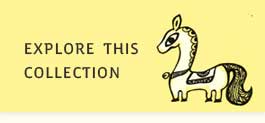
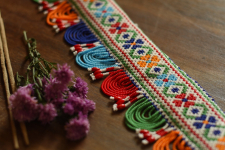
-225x150w.jpg)
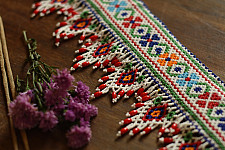
-225x150w.jpg)
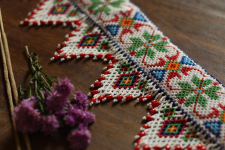
-225x150w.jpg)
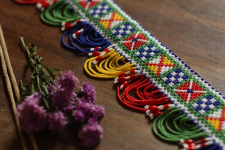
-225x150w.jpg)
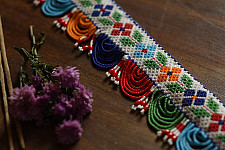
-225x150w.jpg)
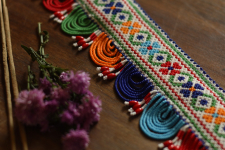
-225x150w.jpg)
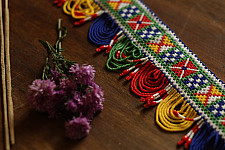
-225x150w.jpg)
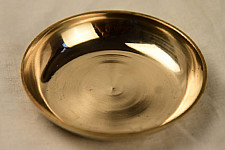
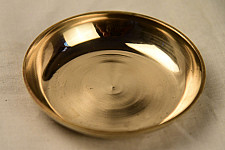
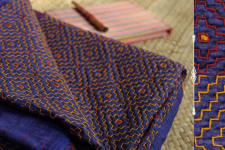
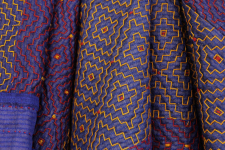
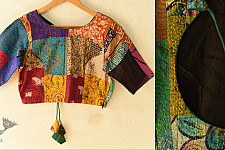
-225x150w.jpg)
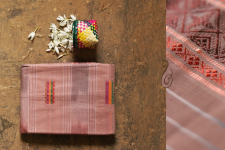
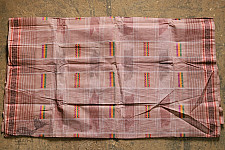
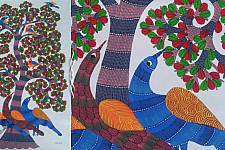
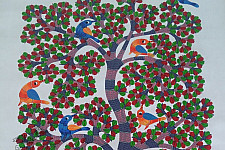
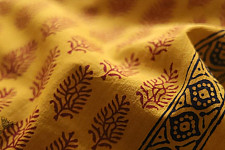
-225x150.jpg)
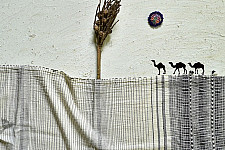
-225x150w.jpg)
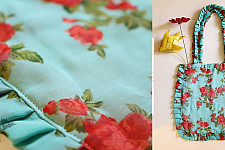
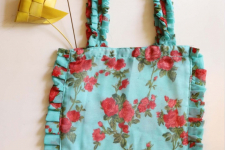
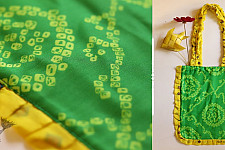
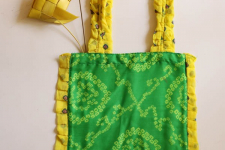
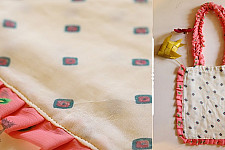
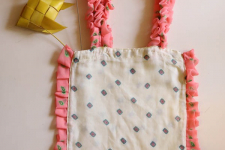
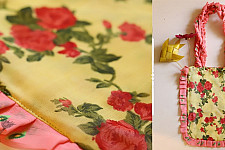
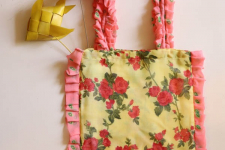
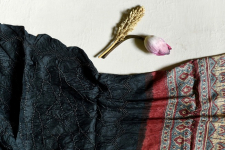
-225x150w.jpg)
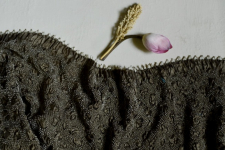
-225x150w.jpg)
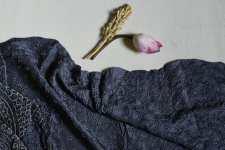
-225x150w.jpg)
